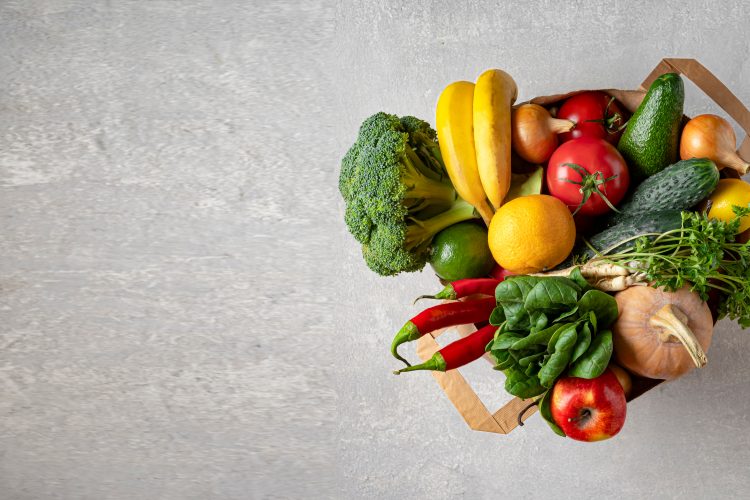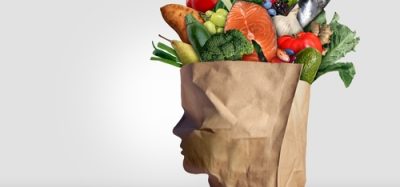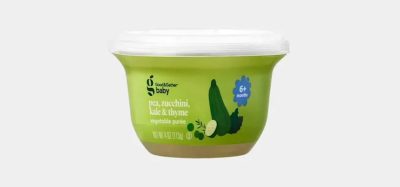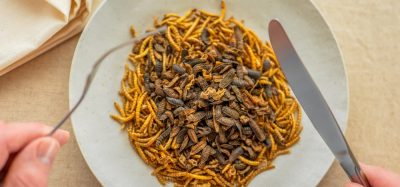Do you know what’s in your 5-a-day?
- Like
- Digg
- Del
- Tumblr
- VKontakte
- Buffer
- Love This
- Odnoklassniki
- Meneame
- Blogger
- Amazon
- Yahoo Mail
- Gmail
- AOL
- Newsvine
- HackerNews
- Evernote
- MySpace
- Mail.ru
- Viadeo
- Line
- Comments
- Yummly
- SMS
- Viber
- Telegram
- Subscribe
- Skype
- Facebook Messenger
- Kakao
- LiveJournal
- Yammer
- Edgar
- Fintel
- Mix
- Instapaper
- Copy Link
Posted: 22 June 2022 | New Food | No comments yet
A survey from the British Nutrition Foundation has suggested that an alarming amount of people do not know what comprises their 5-a-day and what does not.


Findings from a new survey conducted by the British Nutrition Foundation suggest confusion among people of all ages, including adults and children, about which foods do and do not count towards your 5-a-day or provide certain nutrients, including fibre and protein.
The survey suggests that nearly a quarter (24 percent) of primary schoolchildren (aged 7-11 years) and 17 percent of older children (11-16 years) think that chicken counts towards your 5-a-day, while nearly a fifth (19 percent) of primary school children think that cheese can be one of your 5-a-day.
Only 38 percent of all British adults and 23 percent of older children know that carrots contain fibre, while only 60 percent of secondary schoolchildren and 36 percent of primary schoolchildren believe that wholemeal bread is a source of fibre. Nearly a quarter (24 percent) of all schoolchildren think that chicken is a source of fibre, although it provides no fibre at all.
“Government advice is for us all to eat more plant-based foods because they’re good for us and for the environment. It is concerning that there is confusion across the UK about the nutritional contents of some common foods, including plant-based foods. Lack of knowledge means people are less empowered to make informed choices, and achieving a healthy diet, with a good balance of the right types of foods, is more difficult if you don’t know which key nutrients the foods that we eat provide,” said Sara Stanner, Science Director at British Nutrition Foundation.
The survey findings also reveal a mixed picture when it comes to how people most commonly manage their food waste. A quarter of all adults say that they put their food waste in the general waste bin, with only 17 percent using a compost bin, and 27 percent freezing left over food to eat at a later date. Nearly a third (32 percent) of adults say that they use ‘what they can’ of unused foods, cutting off mouldy bits and eating the remainder, while 30 percent say that they look for a recipe to help use leftovers up.
Stanner added: “From varying our protein sources, to increasing our fibre intake, to reducing food waste, there’s a wide range of ways people in the UK can adjust their eating habits for the benefit of themselves and the planet. But why is healthy eating so important?
“If we think about fibre, eating plenty as part of a healthy, balanced diet is linked to a lower risk of heart disease, stroke, type 2 diabetes and bowel cancer, and choosing fibre-rich foods may also help you to feel fuller for longer, which can help support weight management. Most people in the UK do not get enough fibre – adults are recommended to have 30g of fibre each day, but we are currently only eating 19.7g on average.
“Pulses, such as chickpeas, kidney beans and lentils, are all great sources of fibre and provide protein. They also have a low environmental impact and are relatively cheap to buy and cook. One portion of pulses even counts towards your 5-a-day, yet their nutritional value is often underestimated and many people do not even think to eat them. This Healthy Eating Week, we hope participants will be able to get involved in our challenges, learn something new about healthier and more sustainable eating and develop new ways to improve their diets.”









